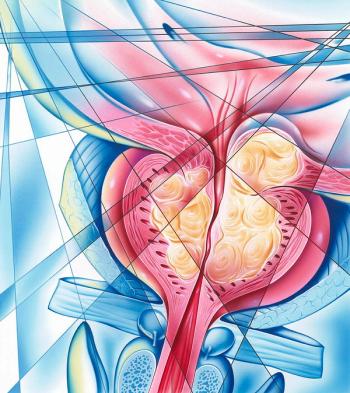
Overcoming Barriers to Trial Enrollment and Gaps in Gynecologic Cancer Care

The Foundation for Women’s Cancer provides multicultural resources for patients with gynecologic cancers to help address gaps in care.
Therapeutic trials encompassing targeted therapies, immunotherapies, PARP inhibitors, and anti-angiogenesis agents represent “exciting” new drug developments that may yield “promising” clinical outcomes for patients with gynecologic cancers, according to Ginger J. Gardner, MD, FACOG.
CancerNetwork® spoke with Gardner physician lead in the Gynecology Disease Management Team Alliance and vice chair of Hospital Operations in the Department of Surgery at Memorial Sloan Kettering Cancer Center and chair of the board for the Foundation for Women’s Cancer, about the state of clinical trials for gynecologic cancers.
Gardner highlighted a groundswell of clinical trial availability for this patient group. She highlighted trials like TUBA-WISP II (NCT04294927) as examples of disease prevention; specifically, investigators of TUBA-WISP II aimed to reduce salpingectomy with delayed oophorectomy for patients at risk for ovarian, tubal, or peritoneal malignancies.
Gardner then emphasized addressing gaps in care, which the Foundation for Women’s Cancer has attempted to mitigate through community outreach. She subsequently outlined the features of the Foundation’s website, which offers educational patient-facing brochures, videos about clinical trials, and a portfolio of other patient education materials that are accessible in multiple languages.
Transcript:
It is hard to parse out a single trial at the exclusion of all others, but what I would say is that we are fortunately seeing a groundswell of increasing availability of clinical trials for [gynecologic] cancers. This includes opportunities for disease prevention. I am thinking about [trials like the TUBA-WISP II trial] that are looking at reducing salpingectomy with delayed oophorectomy for those identified [as being] at risk for ovarian, tubal, and peritoneal malignancies.
I am thinking of the groundswell and escalation of therapeutic trials across several of our gynecologic cancers, and this includes targeted therapies, immunotherapies [IO], PARP inhibitors, and anti-angiogenesis agents. [Regarding] PARP inhibitors and IO, we are at an exciting time when we think about the position that we are in for gynecologic cancers and the opportunity for patients to gain access to exciting new drug developments that can empower a promising future for their clinical outcome. That is a dynamic space, and I would also like to highlight the fact that across the clinical trials for gynecologic cancers, we are focused on surgical innovation, and we are also focused on gaps in care.
We have made a major effort on [gaps in care] through the Foundation for Women‘s Cancer to provide outreach to communities––going to the Illinois State Fair, going to community events where you might not expect a gynecologic cancer specialist to show up––to reach into community and to move the message about gynecologic cancers amongst historically marginalized communities.
Everyone can gain access through the Foundation for Women‘s Cancer website. There are patient-facing brochures about gynecologic anatomy, fast facts about rare tumor types, information about staging, [and information] about all the gynecologic cancers, disease prevention, and treatment options. We have videos about clinical trials debunking the myth about what is placebo vs active treatment, helping patients overcome barriers to clinical trial enrollment. We have all of these patient education resources available in multiple languages with fresh-faced, multi-dimensional, and multicultural accessibility.
For the Foundation for Women‘s Cancer homepage, one can access a whole portfolio of patient education materials that can help onboard patients about their opportunities for disease prevention, opportunities about treatment, and opportunities for enrollment in clinical trials.
Reference
Steenbeek MP, van Bommel MHD, intHout J, et al. TUBectomy with delayed oophorectomy as an alternative to risk-reducing salpingo-oophorectomy in high-risk women to assess the safety of prevention: the TUBA-WISP II study protocol. Int J Gynecol Cancer. 2023;33:982-987. doi:10.1136/ijgc-2023-004377
Newsletter
Stay up to date on recent advances in the multidisciplinary approach to cancer.


















































































